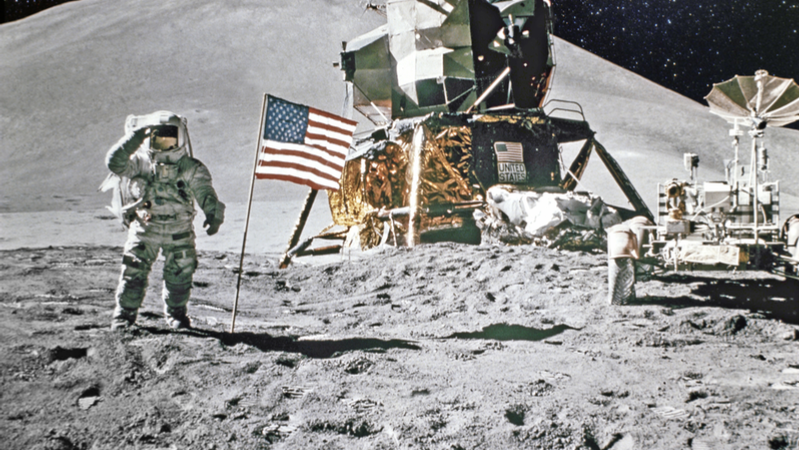
As NASA continues to do more work to establish the first long-term human presence on the Moon – also known as the Artemis missions – the unique challenges associated with life and work on the Earth’s only natural satellite will require the development of new technology.
To help with that mission, NASA has awarded ICON – an Austin, Texas-based construction technology company – a $57.2 million contract to develop construction technologies that could assist in the building of critical mission infrastructures such as landing pads, habitats, and roads on the lunar surface.
In addition, ICON plans to bring advanced hardware and software into space via a lunar gravity simulation flight. The company also intends to work with lunar samples brought back from Apollo missions and various simulants to determine their mechanical behavior in simulated lunar gravity.
“To change the space exploration paradigm from ‘there and back again’ to ‘there to stay,’ we’re going to need robust, resilient, and broadly capable systems that can use the local resources of the Moon and other planetary bodies,” ICON CEO and co-founder Jason Ballard said in a statement.
“The final deliverable of this contract will be humanity’s first construction on another world, and that is going to be a pretty special achievement,” he added.
The NASA award, which runs through 2028, is a continuation of ICON’s work under a Small Business Innovation Research (SBIR) dual-use contract with the U.S. Air Force, partly funded by the space agency. The new NASA SBIR Phase III award will support the development of ICON’s Olympus construction system, which is designed to use local resources on the Moon.
The Artemis missions are NASA’s plan to collaborate with commercial and international partners and establish the first long-term presence on the Moon. Moving forward, NASA will use what it has learned on and around the Moon to take the next giant leap: sending the first astronauts to Mars.
“In order to explore other worlds, we need innovative new technologies adapted to those environments and our exploration needs,” Niki Werkheiser, director of technology maturation in NASA’s Space Technology Mission Directorate, said in a press release. “Pushing this development forward with our commercial partners will create the capabilities we need for future missions.”
